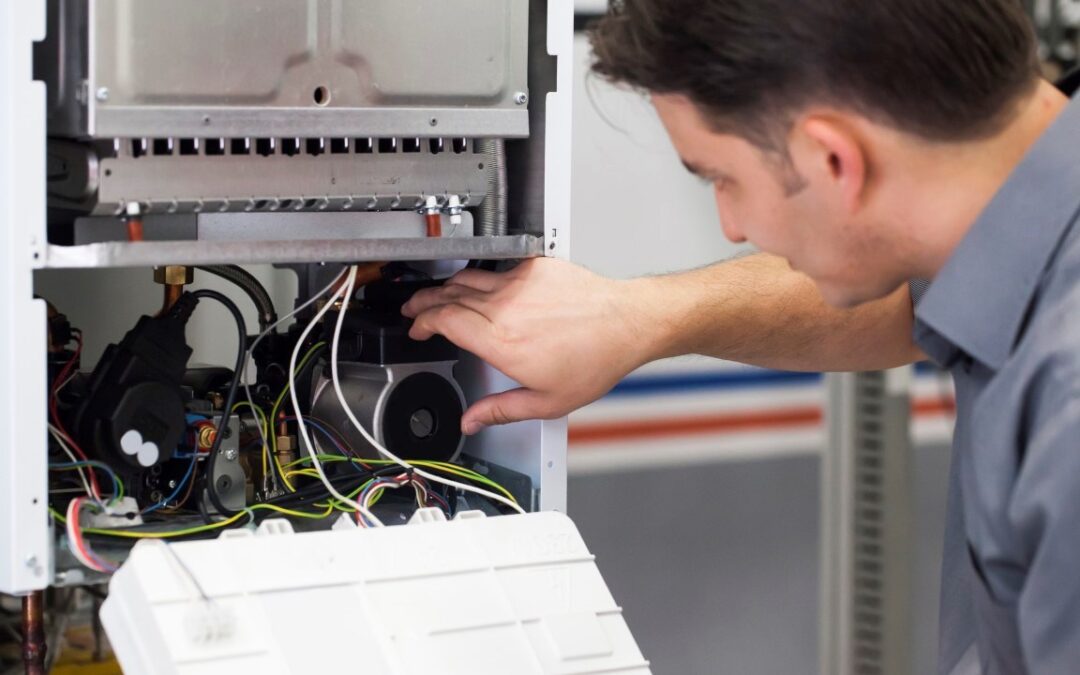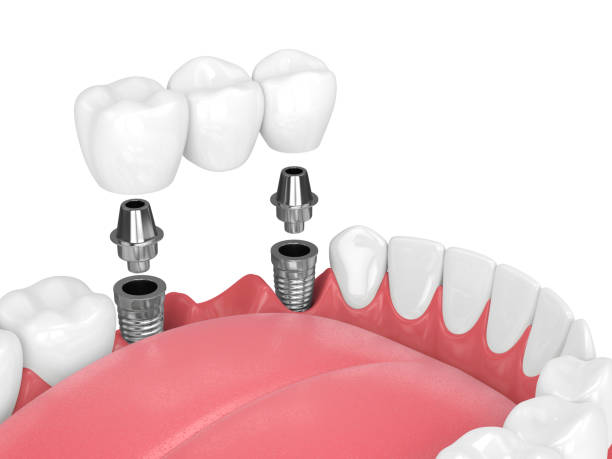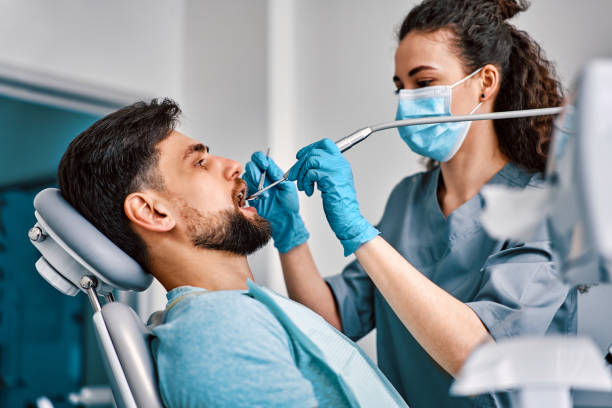Understanding Closed Rhinoplasty
Closed rhinoplasty is a surgical method where all incisions are made inside the nostrils, leaving no visible scars on the outside of the nose. This contrasts with open rhinoplasty, which involves an external incision on the columella (the tissue between the nostrils). The closed approach requires exceptional surgical skill as the limited access demands precision and expertise to achieve desired results.
This technique is particularly favored by patients seeking subtle changes or corrections in nasal structure without the extended recovery period associated with open surgery. Advances in technology and surgical instruments have elevated the effectiveness and safety of closed rhinoplasty, making it a preferred choice in many medical centers in Abu Dhabi.
Key Features of Advanced Closed Rhinoplasty Techniques
Recent advancements in closed rhinoplasty focus on enhanced precision, minimal tissue disruption, and quicker recovery times. Surgeons in Abu Dhabi utilize state-of-the-art imaging technologies and refined surgical instruments to perform intricate modifications inside the nose without external incisions.
Three notable features characterize these advanced techniques:
-
Enhanced Visualization: Use of endoscopic tools and high-definition cameras allows surgeons to view internal nasal structures clearly during the procedure.
-
Micro-Incision Techniques: Ultra-fine instruments enable delicate manipulation of nasal cartilage and bone through tiny incisions, minimizing trauma.
-
Customizable Approaches: Tailored surgical plans based on detailed 3D imaging to address unique anatomical challenges and aesthetic goals.
These innovations facilitate a more controlled surgical environment, ensuring precise alterations that respect the nasal function while enhancing appearance.
Benefits of Choosing Advanced Closed Rhinoplasty
Patients opting for advanced closed rhinoplasty techniques in Abu Dhabi can expect several benefits. One of the primary advantages is the absence of visible scarring since all incisions are concealed within the nostrils. This feature is particularly appealing to individuals concerned about cosmetic outcomes beyond the shape of the nose itself.
Additionally, the minimized tissue disruption inherent in these advanced methods leads to reduced postoperative swelling and bruising. Consequently, patients often experience faster recovery times compared to traditional open rhinoplasty procedures. This quicker healing process allows individuals to resume daily activities and social engagements with less downtime.
Another significant benefit is the preservation of nasal structural integrity. The closed technique helps maintain the natural support mechanisms of the nose, reducing the likelihood of long-term functional complications related to breathing or nasal collapse.
Advanced Surgical Tools and Technology in Abu Dhabi
Abu Dhabi’s medical facilities are equipped with cutting-edge surgical technologies that enhance the success of closed rhinoplasty procedures. Surgeons use high-resolution imaging systems to map the nasal anatomy precisely, facilitating detailed preoperative planning.
Endoscopic assistance has become a cornerstone of advanced closed rhinoplasty, providing magnified views and enabling surgeons to perform fine adjustments with accuracy. This technology also reduces the need for extensive dissection, preserving the delicate nasal tissues.
Laser technology, though less common, is sometimes integrated to assist in reshaping cartilage and soft tissues with minimal bleeding and trauma. Furthermore, computer-assisted surgical planning tools allow surgeons to simulate the expected results, improving communication with patients and aligning expectations.
Ideal Candidates for Advanced Closed Rhinoplasty
Not every patient is suited for closed rhinoplasty, but advances in technique have broadened the range of candidates. Typically, individuals seeking moderate reshaping or correction of nasal asymmetries, tip refinement, or minor dorsal hump reduction are ideal for closed rhinoplasty.
Patients with thick skin or complex nasal deformities may still require open rhinoplasty for optimal access. However, in Abu Dhabi, surgeons leverage advanced techniques and technologies to extend the possibilities of closed procedures even to challenging cases.
Thorough preoperative assessments, including 3D imaging and functional evaluation, help determine the best surgical approach tailored to each patient’s anatomy and aesthetic goals.
The Surgical Process of Advanced Closed Rhinoplasty
The procedure begins with precise preoperative marking and planning, often using 3D models to visualize the nasal structure and desired changes. Under general or local anesthesia, surgeons make discreet incisions inside the nostrils to access the underlying cartilage and bone.
Using specialized micro-instruments and endoscopic visualization, the surgeon carefully sculpts the nasal framework. This includes removing or repositioning cartilage, shaving down bone irregularities, and refining the nasal tip. Throughout the surgery, attention is given to preserving the nasal valves and structural support.
Once the modifications are complete, internal sutures secure the tissues, and no external stitches are necessary. A nasal splint may be applied externally for a few days to protect the nose during initial healing.
Postoperative Recovery and Care
Recovery after advanced closed rhinoplasty is generally smooth and faster compared to traditional open approaches. Patients usually experience less swelling and bruising, with many returning to normal activities within one to two weeks.
During recovery, gentle care is advised to avoid trauma to the nose. Nasal congestion or mild discomfort is common initially but subsides gradually. Follow-up visits are essential to monitor healing and ensure the surgical results are progressing as planned.
Adhering to surgeon recommendations on activity restrictions, nasal hygiene, and avoiding strenuous exercise helps optimize the final outcomes.
Frequently Asked Questions About Advanced Closed Rhinoplasty in Abu Dhabi
What distinguishes closed rhinoplasty from open rhinoplasty?
Closed rhinoplasty involves internal incisions within the nostrils, leaving no external scars, whereas open rhinoplasty requires a small incision on the columella, providing greater exposure but visible scarring.
Can closed rhinoplasty achieve significant changes to the nose shape?
Yes, especially with advanced techniques and tools, many moderate to some complex nasal modifications can be performed with the closed method, although certain severe deformities may still require an open approach.
Is the recovery time shorter with closed rhinoplasty?
Generally, yes. The less invasive nature of closed rhinoplasty leads to reduced swelling and bruising, facilitating a quicker return to normal activities.
Are the results of closed rhinoplasty permanent?
Results are intended to be long-lasting, provided the patient maintains good nasal health and avoids trauma or injury to the nose.
How is the surgical plan developed for closed rhinoplasty?
Surgeons use detailed imaging, including 3D scans, to analyze nasal anatomy and customize the surgical plan according to individual needs and aesthetic preferences.
Is closed rhinoplasty painful?
Most patients report manageable discomfort post-surgery, controlled with prescribed medications. The minimally invasive nature often results in less pain compared to open techniques.
Who is an ideal candidate for advanced closed rhinoplasty?
Ideal candidates include those seeking subtle to moderate nasal reshaping without the need for extensive structural reconstruction.
Will there be visible scars after the procedure?
No, since all incisions are made inside the nostrils, there are no visible external scars.







0 Comments